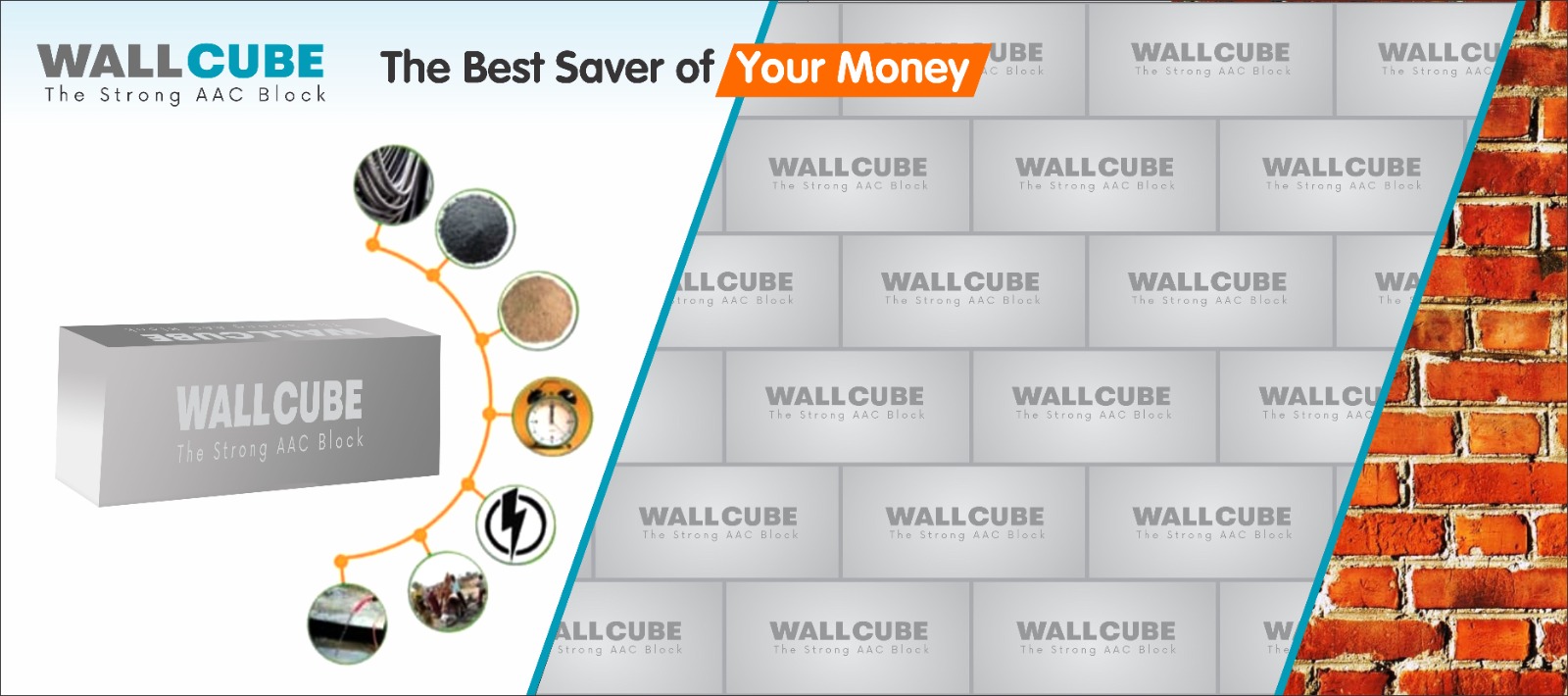Phone Number
+91 7999735161Quick You Email!
[email protected]
-
November 27, 2023
How do AAC blocks compare with other building materials in terms of cost?.
The cost-effectiveness of using AAC blocks compared to other building materials.
AAC blocks are a cost-effective building material that offers several benefits over traditional building materials such as clay bricks, concrete blocks, and solid concrete. The cost-effectiveness of using AAC blocks depends on several factors, including the cost of the blocks, transportation costs, and installation costs.
AAC blocks can be more expensive than traditional building materials upfront, but their lightweight nature and easy installation can offset some of the costs associated with transport and installation. Additionally, their excellent insulation properties can result in significant long-term energy savings, reducing overall building operating costs.
AAC blocks also require less mortar during construction than traditional bricks or blocks, which can help reduce material costs. Their durability and low maintenance requirements can also lead to long-term cost savings by reducing the need for frequent repairs and replacements.
Compared to traditional building materials, AAC blocks offer several advantages that make them a cost-effective option for modern construction projects. They are highly durable, fire-resistant, energy-efficient, and sustainable, all while being easy to work with and requiring minimal maintenance. These properties make AAC blocks an excellent investment for any construction project looking for cost-effective, long-lasting, and eco-friendly building materials.
Factors that affect the cost of AAC blocks and how they compare with other materials:
The cost of AAC blocks can vary depending on several factors, including the cost of raw materials, manufacturing processes, transportation costs, and market demand. Here are some of the factors that can affect the cost of AAC blocks and how they compare to other building materials:
Raw Materials: The cost of raw materials such as cement, sand, and lime can significantly impact the cost of AAC blocks. These materials may fluctuate in price based on market demand and availability, which can affect the final cost of AAC blocks.
Manufacturing Processes: The manufacturing process of AAC blocks can also impact their cost. Advanced manufacturing technologies can reduce production time and energy usage, leading to cost savings. However, implementing these technologies can also increase the upfront investment required to set up a manufacturing facility.
Transportation Costs: The cost of transporting AAC blocks from the manufacturing facility to the construction site can also impact their final cost. The lightweight nature of AAC blocks can reduce transportation costs, making them a cost-effective option compared to heavier materials like concrete blocks.
Market Demand: Market demand can also affect the cost of AAC blocks. When demand is high, the cost of AAC blocks may increase due to limited supply. However, when demand is low, the cost may decrease due to oversupply.
Compared to traditional building materials, AAC blocks can be cost-effective due to their lightweight nature, which can reduce transportation and installation costs. Additionally, their energy-efficient properties can result in significant long-term cost savings. However, the upfront cost of AAC blocks may be higher than traditional materials like clay bricks or concrete blocks.
Overall, the cost-effectiveness of using AAC blocks depends on several factors, including the availability of raw materials, the manufacturing process, transportation costs, and market demand. However, AAC blocks offer several advantages over traditional building materials, making them a cost-effective and sustainable option for modern construction projects.

